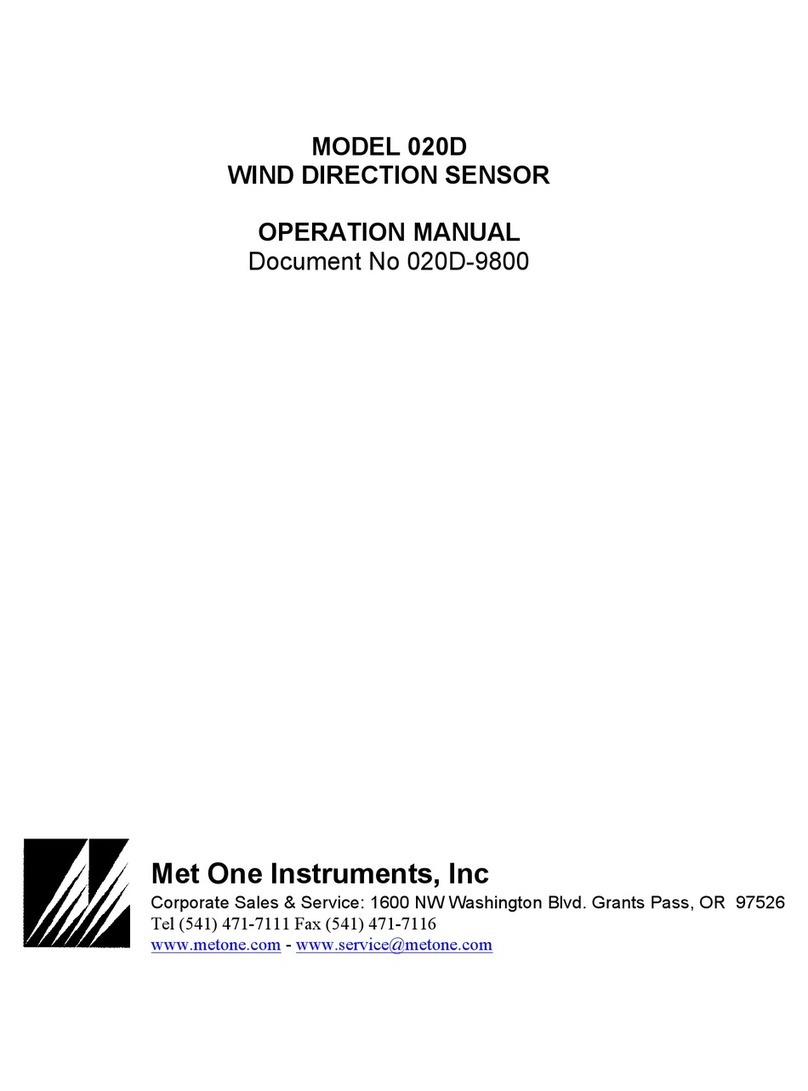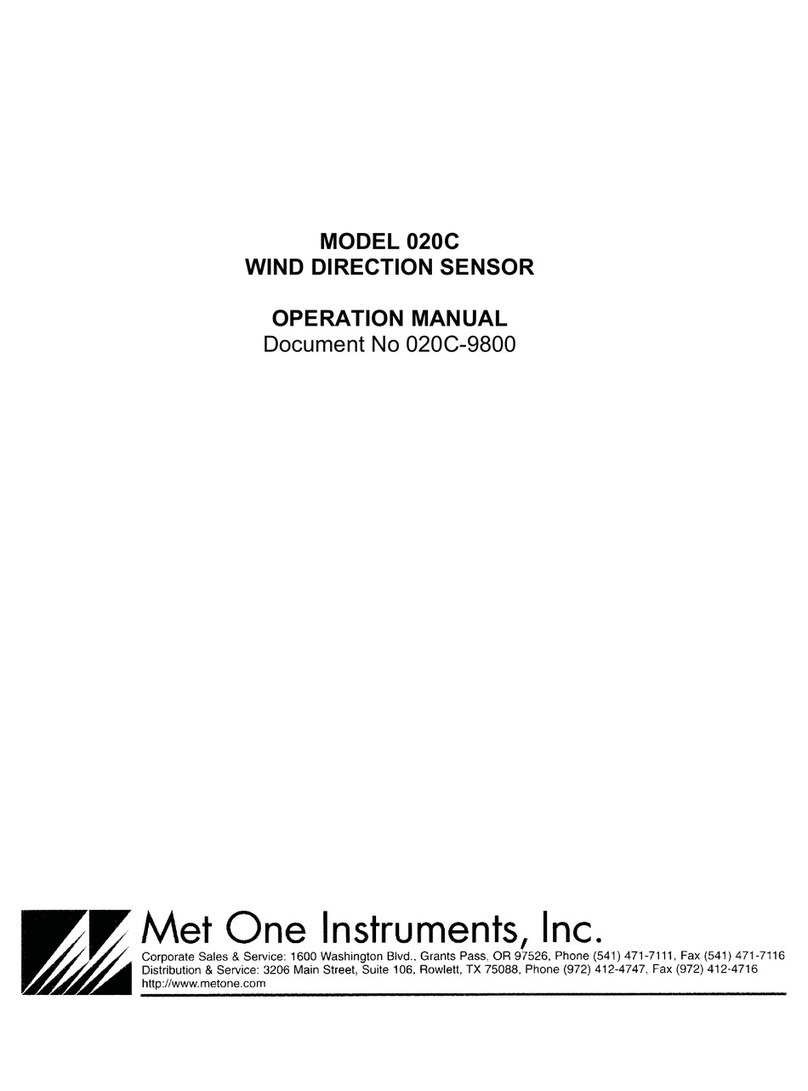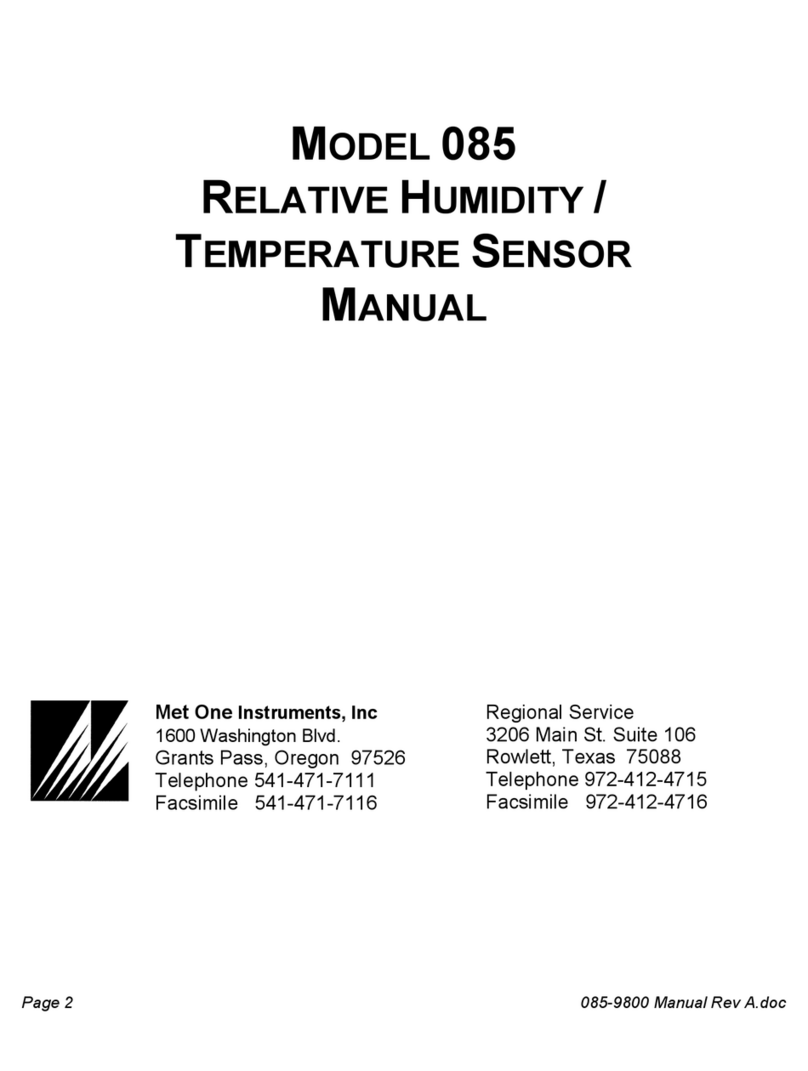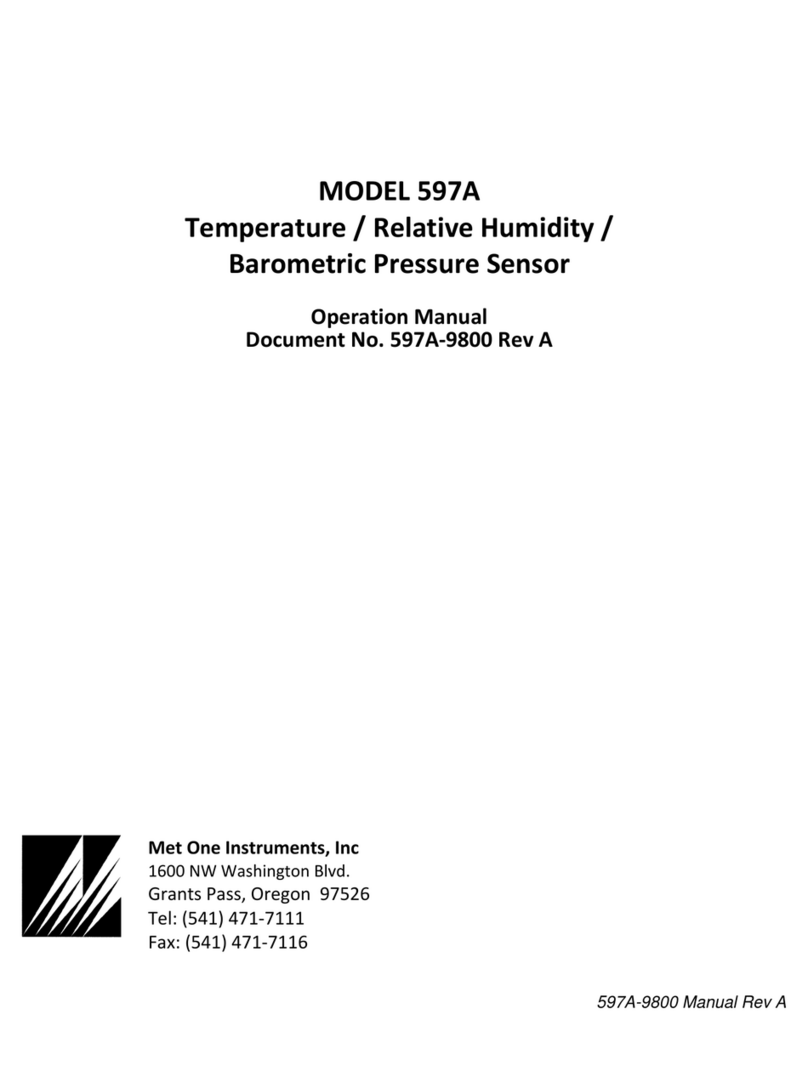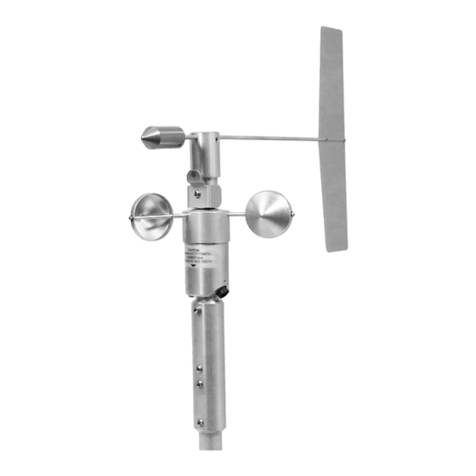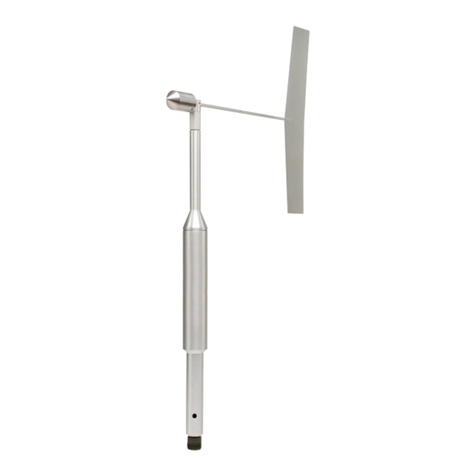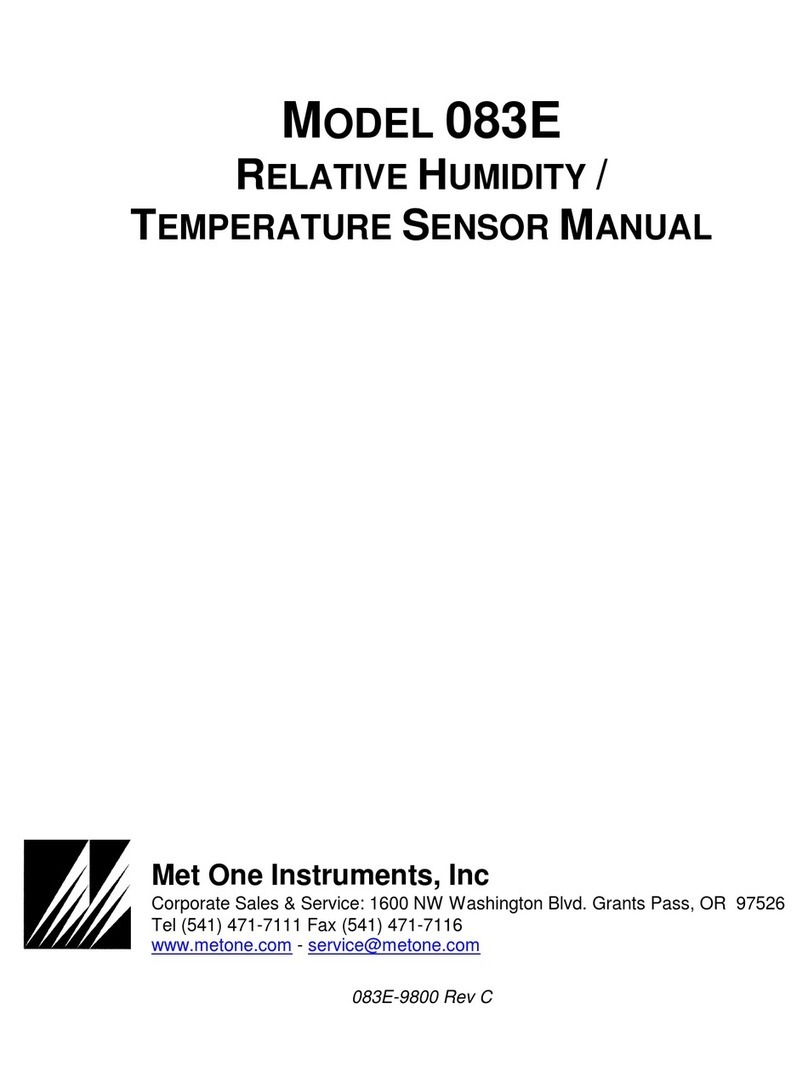ES-405-9800 Manual Rev A Page 3
Table of Contents
1INTRODUCTION..................................................................................................................5
1.1 About This Manual.................................................................................................................................5
1.2 Technical Service and Warranty .........................................................................................................5
1.3 About the ES-405 ..................................................................................................................................6
1.4 Laser Radiation Safety and Conformity..............................................................................................6
1.5 ES-405 Specifications...........................................................................................................................7
2ES-405 SETUP and STARTUP ........................................................................................8
2.1 Standard and Optional Accessories ...................................................................................................8
2.2 Mounting Options...................................................................................................................................8
2.2.1 Basic Unit Mounting.......................................................................................................................8
2.2.2 Wall or Pole Mounting....................................................................................................................9
2.3 Setting Up the ES-405..........................................................................................................................9
2.4 Electrical Connections ........................................................................................................................11
2.5 Power-Up and Starting Operation.....................................................................................................11
2.6 Default Setup........................................................................................................................................12
3SITE SELECTION and REMOTE POWER OPTIONS................................................13
3.1 Site Selection Requirements..............................................................................................................13
3.2 Fall Hazard and Security Cautions ...................................................................................................14
3.3 Confined Sampling Locations............................................................................................................14
4ES-405 USER INTERFACE and MENU SYSTEM......................................................15
4.1 The User Interface - Keypad and Display Functions......................................................................15
4.2 Using the Main Sampling Screen......................................................................................................16
4.3 Using the Main ES-405 Menu System and Clearing Memory ......................................................17
5ES-405 MEASUREMENT METHOD ..............................................................................18
5.1 Sheath Air.............................................................................................................................................18
5.2 Detection...............................................................................................................................................18
5.3 Sizing and Counting............................................................................................................................18
5.4 Calibration.............................................................................................................................................18
5.5 K-Factor ................................................................................................................................................18
5.6 Sample RH Control for Light Scatter Mass......................................................................................19
6SETUP MENU DESCRIPTIONS.....................................................................................20
6.1 SAMPLE Setup....................................................................................................................................20
6.2 CLOCK Setup.......................................................................................................................................21
6.3 SERIAL PORT .....................................................................................................................................21
6.4 MEMORY..............................................................................................................................................21
